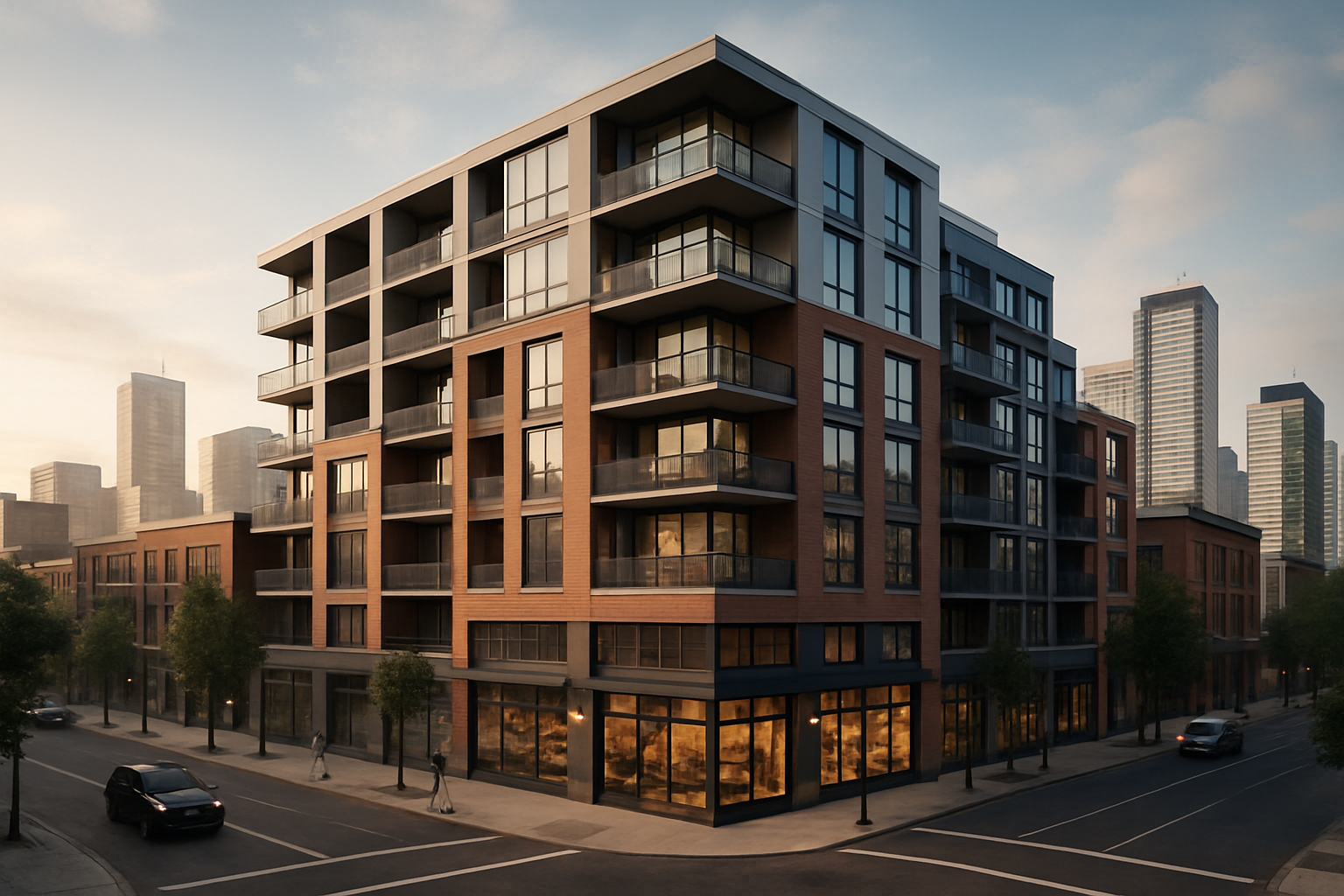Rethinking Property Investments: The Emergence of Mixed-Use Developments
In the dynamic landscape of real estate, mixed-use developments have emerged as a compelling investment opportunity. This strategy, which combines residential, commercial, and often cultural or institutional spaces within one property, is redefining urban living and offering unique benefits for investors.

The Roots of Mixed-Use Developments
The concept of mixed-use development isn’t new. In the early 20th century, it was common for people to live and work in the same building, usually with businesses on the ground floor and residences above. However, with the rise of zoning laws in the mid-20th century, these developments became less common, and residential, commercial, and industrial areas were separated.
This trend is now reversing, with mixed-use developments making a comeback. Factors driving this resurgence include increasing urbanization, changing consumer demands, and the desire for more sustainable and efficient use of space.
The Current State of Mixed-Use Developments
Today, mixed-use developments are proliferating in cities worldwide. These projects are often seen as a solution to urban problems such as sprawl, traffic congestion, and lack of community cohesion. They also offer financial benefits, as the diverse income streams from different types of tenants can improve the return on investment and reduce risk.
Recent trends in mixed-use developments include the incorporation of public spaces, such as parks and squares, and a focus on creating communities, not just buildings. This reflects a shift towards more holistic and people-centered urban planning.
The Pros and Cons of Mixed-Use Developments
Investing in mixed-use developments offers several advantages. They can generate multiple income streams, diversify risk, and provide opportunities for synergies between different types of tenants. For example, a residential tenant might regularly shop at a store in the same building, boosting the store’s revenue.
However, these investments also come with challenges. They can be complex to manage, with different types of tenants having different needs and expectations. They may also require more significant initial investment than single-use properties, and financing can be more complicated.
The Potential Impact of Mixed-Use Developments
The rise of mixed-use developments represents a fundamental shift in how we build and inhabit cities. It has the potential to make urban life more sustainable, efficient, and enjoyable.
For investors, this trend offers exciting opportunities. Despite the challenges, the potential returns from mixed-use developments can be substantial. Furthermore, as these developments become more common, we may see an evolution in real estate investment strategies to take advantage of this trend.
Navigating the Future of Real Estate Investments
The resurgence of mixed-use developments is just one example of how the real estate market is continually evolving. As an investor, staying informed about these trends and adapting your strategies accordingly is crucial to success. While mixed-use developments come with their unique set of challenges, they also offer significant opportunities for those willing to embrace change and innovation.
The future of real estate investing may look different than the past, but it is sure to be just as exciting and potentially even more profitable. As always, the key is to stay informed, stay open-minded, and be ready to seize the opportunities that come your way.





